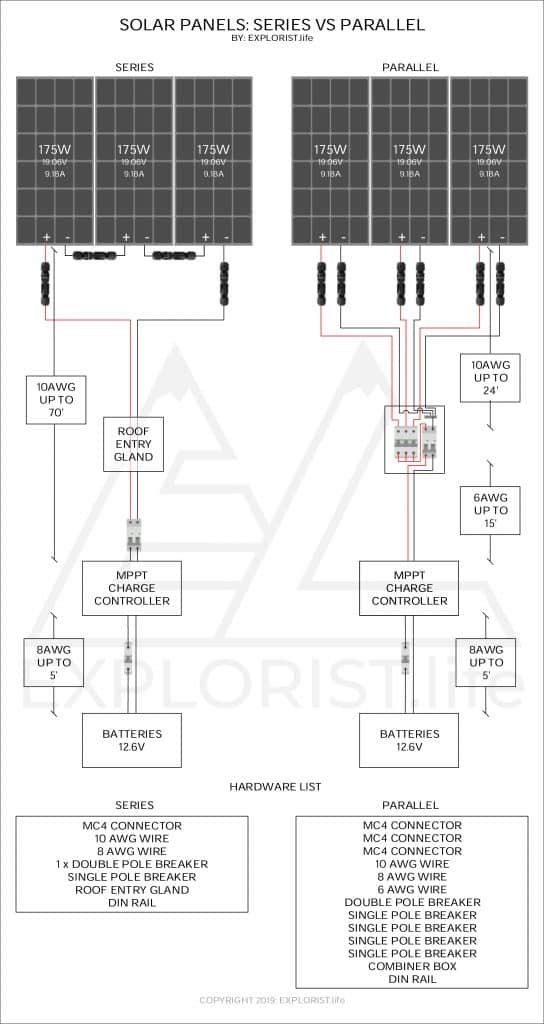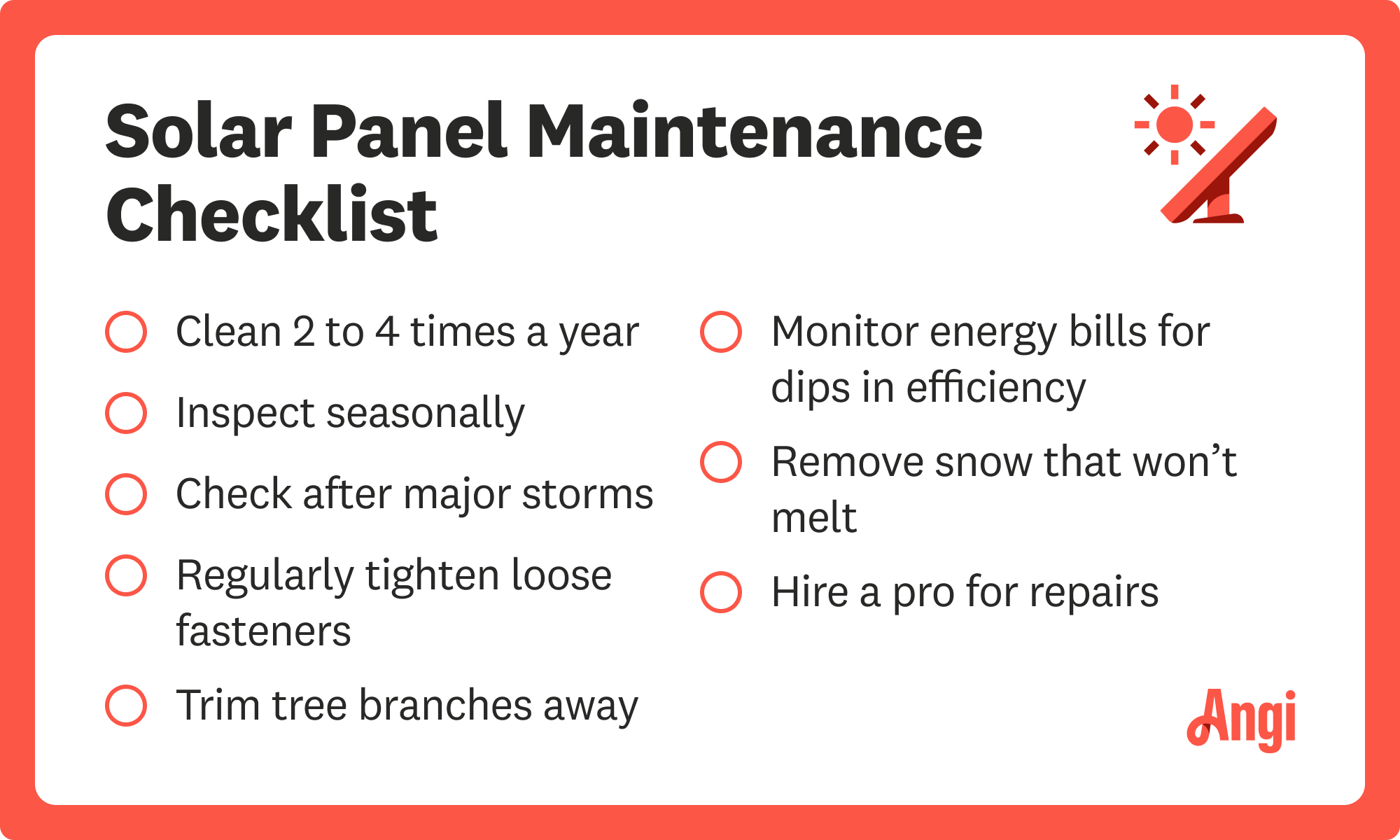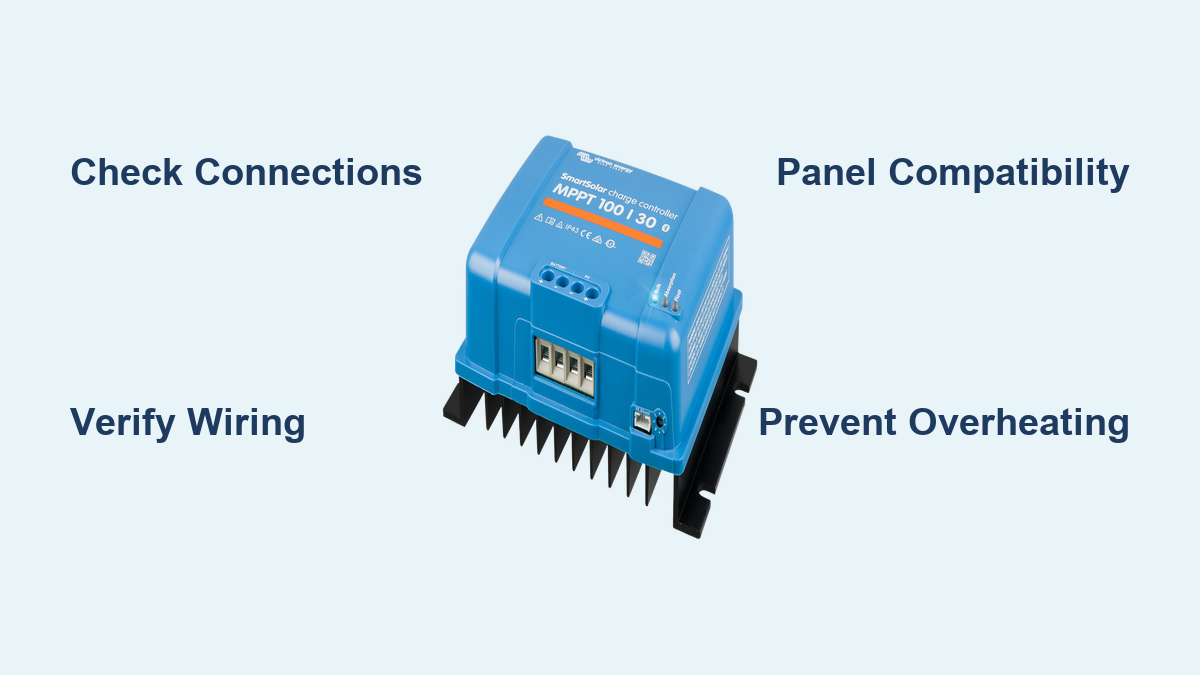Are you frustrated with your Goal Zero MPPT (Maximum Power Point Tracking) charge controller not working as expected? Seeing reduced charging efficiency, error codes, or a complete lack of power can be incredibly disheartening, especially when relying on solar power. Fortunately, many common issues can be resolved with a few simple troubleshooting steps. This guide will walk you through diagnosing and fixing common Goal Zero MPPT controller problems, helping you get back to maximizing your solar energy harvest.
This comprehensive guide goes beyond basic fixes. We’ll explore common causes, detailed solutions ranging from simple checks to advanced diagnostics, prevention tips, and even when to call a professional. By the end of this article, you’ll have the knowledge and confidence to troubleshoot and resolve most issues with your Goal Zero MPPT controller, ensuring efficient and reliable solar charging.
Common Causes of Goal Zero MPPT Controller Problems
Several factors can cause issues with your Goal Zero MPPT controller. Here’s a breakdown of the most frequent culprits:
- Loose Connections: The most common cause. Poor connections between solar panels, the controller, and the battery can interrupt power flow.
- Incorrect Wiring: Improper wiring configurations, like reversed polarity, can damage the controller or prevent it from functioning.
- Panel Compatibility: Using solar panels that are not compatible with the MPPT controller’s voltage and current ratings.
- Shading: Even partial shading on solar panels significantly reduces their output, potentially causing the controller to operate inefficiently or shut down.
- Overheating: MPPT controllers can overheat in direct sunlight or poorly ventilated areas, triggering safety shutdowns.
- Faulty Panels: Defective solar panels can cause erratic charging or prevent the controller from reaching the maximum power point.
- Battery Issues: Problems with the battery bank, such as low voltage, sulfation, or a failing battery, can affect the charging process.
How to Fix Goal Zero MPPT Controller Problems

Here are several methods to diagnose and fix your Goal Zero MPPT controller, starting with the simplest solutions and progressing to more advanced techniques:
Method 1: Basic Checks & Resets (Quick Fix)
This is the first step and often resolves the issue.
Diagnosing the Issue
Visually inspect all connections for looseness or corrosion. Check the controller’s display for error codes or unusual readings.
Fix Steps
- Power Cycle: Disconnect the solar panels and battery from the MPPT controller. Wait 30 seconds, then reconnect everything. This often resets the controller.
- Check Connections: Ensure all connections are tight and free of corrosion. Use a wire brush to clean corroded terminals.
- Verify Wiring: Double-check the wiring diagram to confirm correct polarity and connections.
Testing
Reconnect the solar panels and battery. Monitor the controller’s display for proper charging.
Method 2: Detailed Wiring Inspection & Polarity Check

Incorrect wiring is a frequent problem.
Diagnosing the Issue
Use a multimeter to verify voltage and polarity at each connection point.
Fix Steps
- Solar Panel Voltage: Measure the voltage output of each solar panel in direct sunlight. It should be within the controller’s input voltage range.
- Polarity Verification: Confirm that the positive (+) and negative (-) terminals are correctly connected at both the solar panel and battery ends. Important: Reversed polarity can damage the controller.
- Wire Gauge: Verify that the wire gauge is appropriate for the current flowing through the system. Undersized wires can cause voltage drop and overheating.
Testing
Reconnect everything and monitor the charging process.
Method 3: Panel Compatibility & Voltage Matching

Ensure your panels are suitable for the controller.
Diagnosing the Issue
Check the Goal Zero MPPT controller’s specifications for its maximum input voltage and current.
Fix Steps
- Panel Specifications: Verify that your solar panels’ open-circuit voltage (Voc) and short-circuit current (Isc) are within the controller’s acceptable range.
- Panel Configuration: If using multiple panels, ensure they are wired in a configuration (series or parallel) that maintains the voltage and current within the controller’s limits.
- Voltage Drop Calculation: Calculate potential voltage drop across the wiring to ensure sufficient voltage reaches the controller.
Testing
Monitor the controller’s performance with the compatible panels.
Method 4: Overheating Prevention & Ventilation
MPPT controllers can shut down to protect themselves.
Diagnosing the Issue
Feel the controller’s housing. If it’s excessively hot to the touch, overheating is likely the problem.
Fix Steps
- Relocation: Move the controller to a cooler, shaded location with adequate ventilation.
- Airflow: Ensure there is sufficient airflow around the controller. Avoid enclosing it in a tight space.
- Heat Sink: If possible, add a heat sink to the controller to help dissipate heat.
Testing
Monitor the controller’s temperature and performance after implementing ventilation improvements.
Prevention Tips and Maintenance Advice

Preventative maintenance can significantly reduce the chances of encountering issues.
- Regular Inspections: Inspect wiring and connections at least twice a year.
- Cleaning: Keep the controller clean and free of dust and debris.
- Ventilation: Ensure adequate ventilation to prevent overheating.
- Battery Maintenance: Maintain your battery bank according to the manufacturer’s recommendations.
- Software Updates: Check for and install any available firmware updates for your MPPT controller.
Pro Tips
- Error Code Research: Refer to your Goal Zero MPPT controller’s manual to understand the meaning of specific error codes.
- Multimeter Mastery: Learn how to use a multimeter to accurately measure voltage, current, and resistance.
- Panel Angle Optimization: Adjust the angle of your solar panels seasonally to maximize sunlight exposure.
- Record Keeping: Keep a log of your system’s performance, including voltage, current, and charging times. This data can help you identify potential problems early on.
- Shading Analysis: Use a solar pathfinder tool to identify potential shading issues throughout the year.
- Avoid Long Wire Runs: Minimize the length of wiring between the solar panels, controller, and battery to reduce voltage drop.
- Consider a Battery Monitor: A battery monitor provides detailed information about your battery’s state of charge and health.
Professional Help
Sometimes, the issue is beyond DIY repair.
- Signs to Call a Pro: Persistent error codes, damaged components, or if you’re uncomfortable working with electrical systems.
- Finding a Qualified Technician: Look for a solar installer or electrician with experience in MPPT controllers.
- Typical Costs: Service calls can range from $75 to $200 per hour, depending on location and complexity.
FAQ
Q: My Goal Zero MPPT controller displays an “Over Voltage” error. What does this mean?
A: This indicates that the voltage from your solar panels is exceeding the controller’s maximum input voltage limit. Check your panel configuration and ensure the voltage is within the specified range.
Q: Why is my MPPT controller not charging my battery even though the solar panels are producing power?
A: This could be due to incorrect wiring, a faulty battery, or a problem with the controller itself. Check the wiring, battery voltage, and consider contacting a professional if the issue persists.
Q: Can I use any type of battery with my Goal Zero MPPT controller?
A: No. The controller is designed to work with specific battery types (e.g., lead-acid, lithium). Consult the controller’s manual to ensure compatibility.
Q: What is the difference between series and parallel wiring of solar panels?
A: Series wiring increases voltage, while parallel wiring increases current. The correct configuration depends on your controller’s specifications and the desired charging characteristics.
Get Your Solar System Working Again
By following these troubleshooting steps, you’ve gained the knowledge to diagnose and resolve many common issues with your Goal Zero MPPT controller. Remember to prioritize safety, double-check your wiring, and consult the controller’s manual for specific instructions. Don’t hesitate to seek professional help if you’re unsure about any aspect of the repair process.
Have you successfully fixed your Goal Zero MPPT controller? Share your experience in the comments below to help other readers! What specific issues did you encounter, and what solutions did you find effective?

